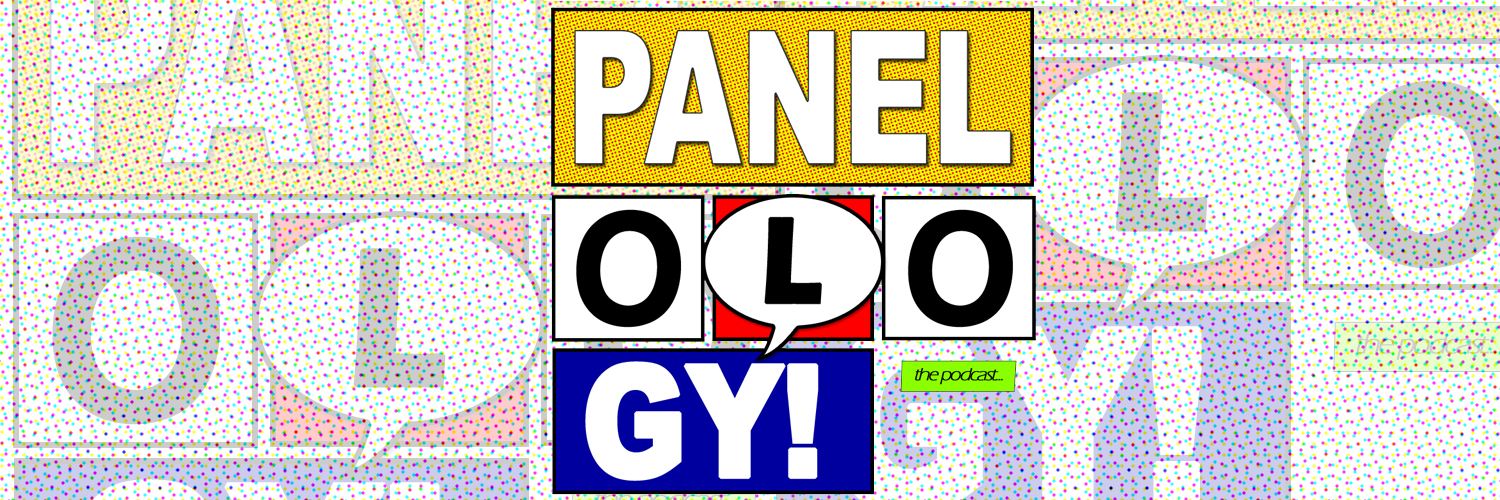Despite liking Charles Soule’s writing, I have been dragging my feet on reading his Daredevil run. Mark Waid’s uncharacteristically upbeat take on Matt Murdock made me appreciate the character, but I wasn’t sure how I’d like a more traditional approach. After reading Soule’s She-Hulk, I was curious about how he handled Marvel’s other super-powered attorney.
Following the events of Waid’s run (which, no, I have not yet finished—seven more trades to go, thanks), Soule moves the Man without Fear back to the Big Apple and reinstates his ability to practice law. Now Matt’s got a gig as an assistant district attorney, and instead of defending the innocent, he’s making sure New York’s criminals go to jail. At least, that’s the plan; that proves to be easier said than done when it comes to an upstart gang leader named Tenfingers. At least Matt has the help of a new hero who wants to protect his home in Chinatown just as Daredevil has watched over Hell’s Kitchen.
Even with Murdock’s shift from defense to prosecution, an unanswered mystery around how he put the genie of his identity back in its bottle, and the erosion of his friendship with Foggy, Daredevil’s new protege is the most interesting element of Soule’s initial story. A local kid who works as a janitor to pay for parts and find lab time, Blindspot wants to keep the neighborhood he grew up in safe. Armed with a suit that makes him invisible to the naked eye—but not Matt’s Daredevil senses—he turns to the Devil of Hell’s Kitchen for training. He wants to take down Tenfingers himself, before Tenfingers takes away his family and friends.
Part of what makes Blindspot engaging is that he is not a legal U.S. citizen. He has to blend in and keep his head down—after a fight, for instance, his instinct is to refuse medical treatment in order to stay off the radar. That his suit’s power allows him to remain hidden is a tragic irony. And given that Charles Soule is a practicing immigration attorney, there is little room for doubt that these details are intentional and personally meaningful.
Ron Garney and Goran Sudžuka give “Chinatown” a distinctive, impressionist style. Thick, sketchy lines and halftone textures comprise figures and environments. Movement has a strong sense of weight and momentum. The style is both a logical, thematic choice for a book about a character whose view of the world comes from a patchwork of non-visual sensory cues and distinct from previous Daredevil art styles. On top of that, Matt Milla colors the book with desaturated tones, limiting the number of colors on any given page. Drastic variation in color is a rarity, and it always signals something important.
Any hesitation I had about this Daredevil run was unnecessary. Soule tells a story that feels personal and specific, even as details of Matt Murdock’s life remain out of the reader’s reach. But there is new ground to cover in Matt’s status quo as ADA and mentor to a young, new hero. Couple that with a visual style that not only looks good but makes specific choices to support the script's themes, and you have a Daredevil run that’s worth checking out.
Collected in
- Daredevil, Vol. 1: Chinatown (#1-5, material from All-New, All-Different Point One)
Credits
Writer: Charles Soule | Artists: Ron Garney with Goran Sudžuka (4) | Colorist: Matt Milla | Letterers: VC’s Clayton Cowles with Joe Caramagna (ANAD Point One) | Assistant Editor: Charles Beacham | Editor: Sana Amant

